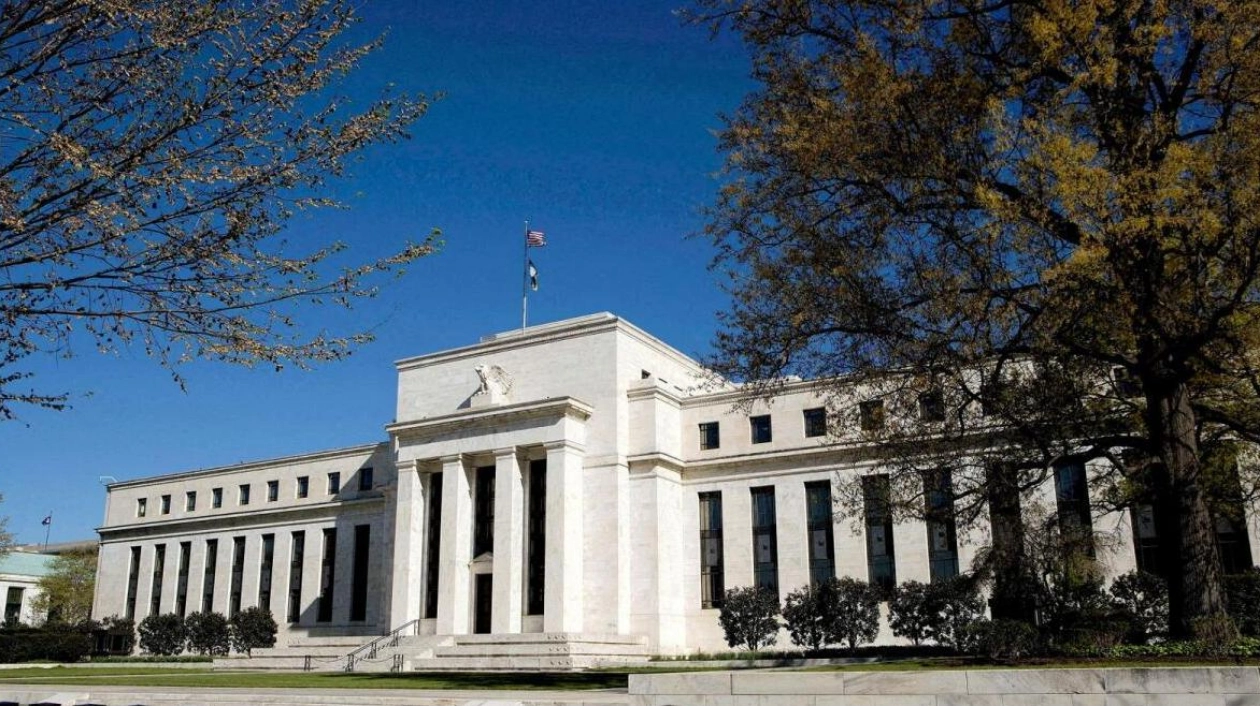The safe-haven dollar experienced a slight decline on Thursday as risk appetite increased, with traders eagerly anticipating speeches from key Federal Reserve policymakers and upcoming economic data for insights into the pace of interest rate reductions. Simultaneously, the Swiss franc strengthened following the Swiss National Bank's decision to reduce interest rates by 25 basis points. Market futures and certain analysts had anticipated a more substantial cut of 50 basis points, especially after the Federal Reserve's similar move last week.
European and Asian stocks continued their upward trajectory, driven by China's aggressive stimulus measures and indications of further support on the horizon. "In the forex market, all eyes are currently on the Federal Reserve's monetary trajectory and U.S. economic data," commented Nick Andrews, a forex strategist at HSBC. The dollar staged a significant overnight recovery from its lowest levels in over 14 months, which had plummeted on Tuesday due to data revealing a sharp decline in U.S. consumer confidence in September, fueled by growing concerns about the labor market and heightened expectations of Fed rate cuts.
The dollar index, which gauges the currency against the euro, sterling, yen, and three other major peers, eased by 0.20% to 100.73, following a 0.57% surge on Wednesday—its largest single-day gain since June 7. Mark Haefele, chief investment officer at UBS Global Wealth Management, anticipates a weaker dollar as the Fed is expected to lower rates more rapidly than its counterparts. The Swiss franc appreciated by 0.4% against the dollar to 0.8468 and rose by 0.25% to 0.9442 versus the euro post the SNB decision. Markets had priced in a 55% likelihood of a 25 basis point cut prior to the announcement.
SNB Chairman Thomas Jordan emphasized the central bank's readiness to further reduce rates and acknowledged the challenges posed by the recent franc appreciation to exporters. "This 25 basis point rate cut is as dovish as it gets," stated Charlotte de Montpellier, senior economist at ING. "Not only is the SNB signaling potential further rate cuts, but it has also significantly revised its inflation forecasts downwards." Later on Thursday, Fed Chair Jerome Powell is set to deliver pre-recorded remarks at a New York conference, where New York Fed President John Williams will also speak. Boston Fed President Susan Collins and Fed Governors Michelle Bowman and Lisa Cook are scheduled to address various other venues.
Weekly U.S. jobless claims data will be closely monitored, given the Fed's recent shift in focus towards employment rather than inflation. The euro gained 0.13% to $1.1148, after retreating from $1.1214—a level not seen since July last year. Some analysts attributed the improved outlook for Chinese demand, following the stimulus plan announcement, to enhanced expectations for the economies of Germany and, more broadly, Europe. The yen reached a three-week low of 145.04 per dollar and closed at 144.56.
Investors were closely observing political developments as the Liberal Democratic Party prepared to elect a new leader on Friday, with the victor set to assume the role of prime minister due to the party's majority in parliament. A victory for Sanae Takaichi could significantly impact the yen's performance, as she advocates for maintaining a loose Bank of Japan policy and a weaker yen. "One factor contributing to the yen's slight weakening is the uncertainty surrounding the LDP elections, which commence tomorrow; a Takaichi win could be quite inflationary," argued HSBC's Andrews. MUFG estimated a 20% probability of Sanae Takaichi's victory and a 45% chance for Shinjiro Koizumi, noting that it is unlikely for any candidate to secure a majority in the first round.
Minutes from the Bank of Japan's July meeting, during which the central bank raised short-term interest rates, revealed a division among policymakers regarding the pace of further rate increases. The Australian dollar strengthened by 0.75% to $0.6873, recovering from Wednesday's 1% decline from a 19-month peak of $0.6908. The Chinese yuan appreciated by 0.46% to 7.0 per dollar in offshore trading, following a pullback on Wednesday from its highest level since May of last year at 6.9952.






